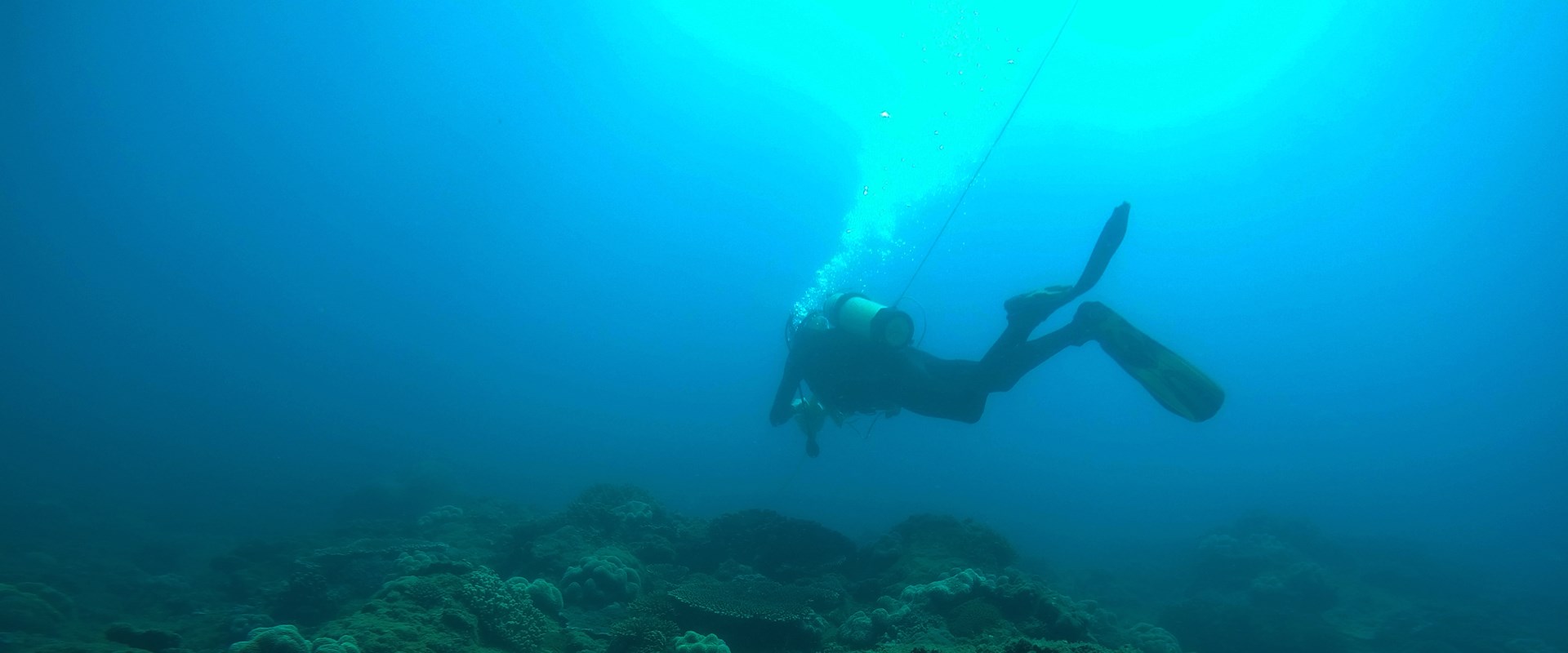
Local government
Organisations are addressing critical economic, environmental, and social issues in response to increased water demand and climate risk.
Key contact

Regional Business Development Director - UK/Europe
Fareham, United Kingdom
+44 (0)1489 553100 enivronment@bmtglobal.com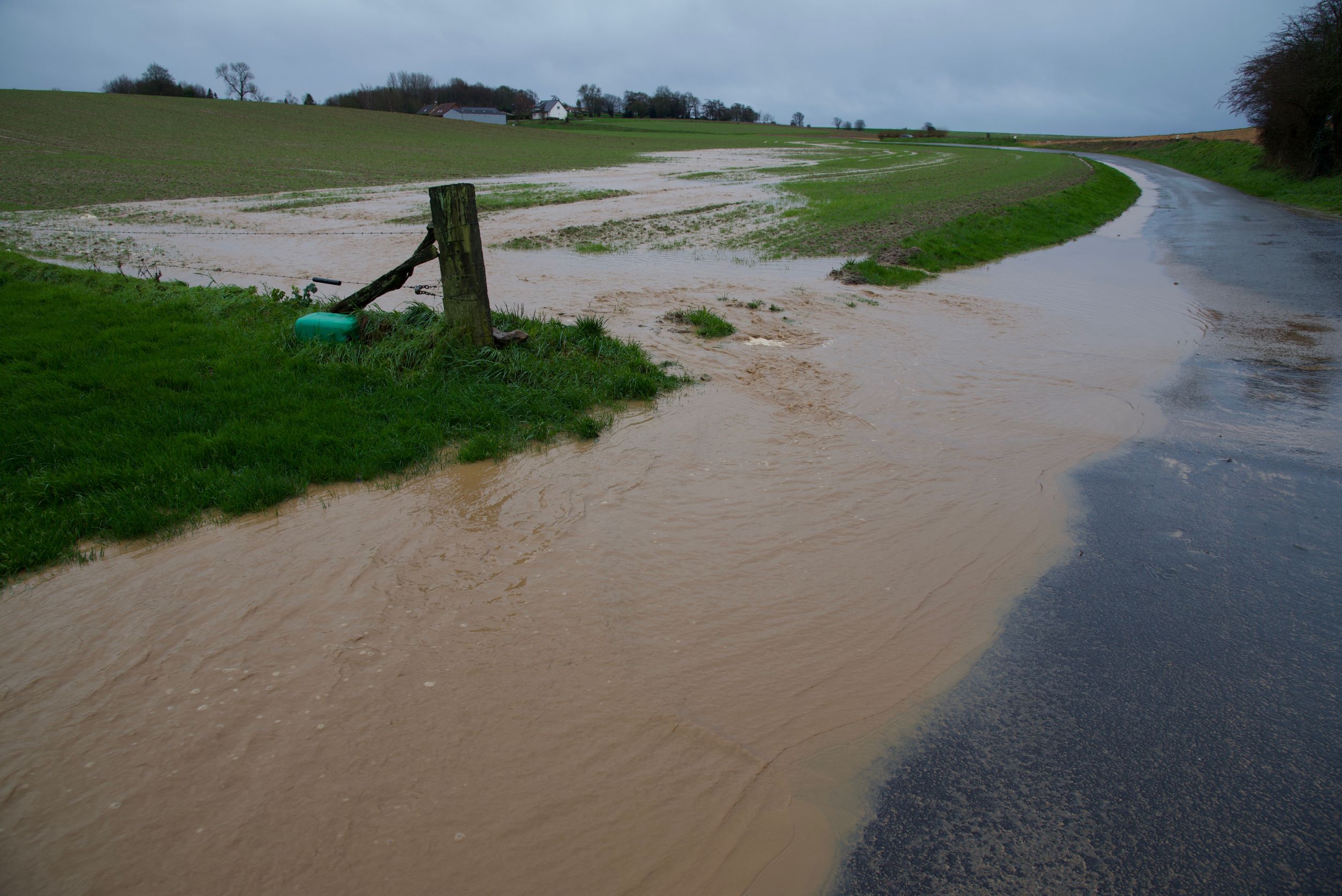
Urbanisation and dietary and lifestyle changes are accelerating the water demand. At the same time, due to ageing infrastructure, water loss through leakage is a significant issue in the developed and developing world. One answer is to establish water stewardship strategies that anticipate, manage, and mitigate the potentially detrimental impact of water usage by a more closely-knit network of stakeholders.
Governments and companies embracing water stewardship practices and focusing on sustainable water management are increasing. Water and sewerage companies worldwide are under pressure to do more with less, putting operational efficiency measures at the top of their agenda.
Companies that adopt water stewardship strategies will anticipate, manage, and mitigate risks such as increasing water costs, changing the regulatory landscape, or disrupting physical supplies.
Globally, communities must now deal with the impact of climate change, extreme weather patterns, population and economic growth, and ageing water and wastewater systems.
Local regions will see more flash floods, devastating consequences on human life, businesses, and infrastructure. At the same time, droughts may set in and become more prolonged in parts of the world, such as the droughts experienced in California in recent years.
Warmer weather will increase water demand, rising sea levels, and adverse weather patterns, resulting in significant societal changes, such as large-scale human migration.
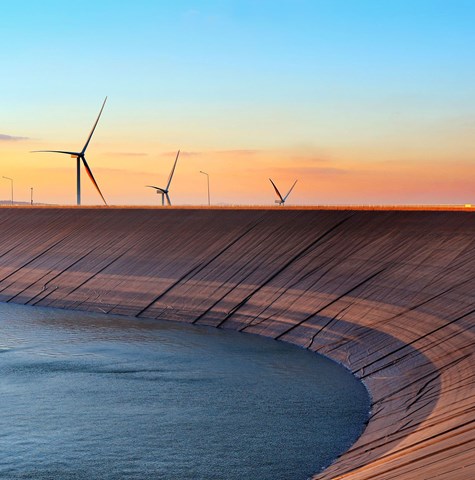
Our experience providing support at flood incident control centres enables us to offer valuable insight to emergency managers through information from our flood forecasting software. Our assessments can advise on flood impacts on critical infrastructure such as roads and prepare flood warning communications. We can also integrate it with our planning model or use it to inform traditional timeline assessments.
A key element in designing environmental monitoring programmes is determining thresholds beyond which there is a risk of unacceptable ecological impact. We understand and identify environmental cause-and-effect pathways to help you set a suitable tolerance.

We are leading climate risk and resilience experts; able to communicate the science and assist you with recognising and effectively managing risk exposure, and by leveraging our brilliant people, we partner with you to implement strategy, in line with regulatory and economic considerations. We offer the complete package.
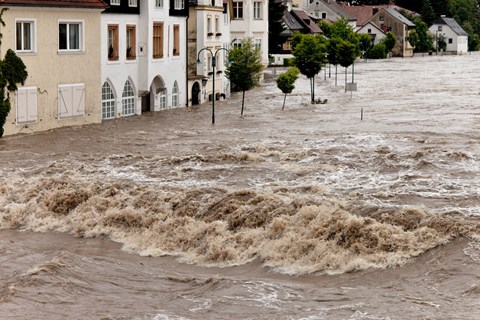
Flood studies are an essential first step towards understanding and managing flood risk. They illustrate flood behaviour and risk, quantify the impact of changes to hydrologic regimes and riverine channels/floodplains, and inform planning and environmental studies.
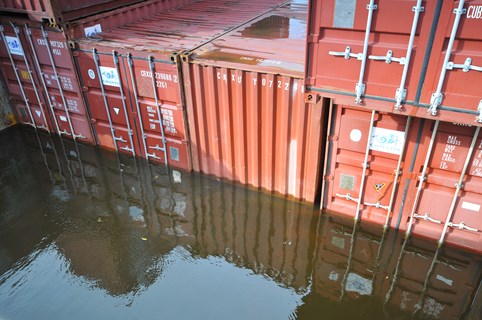
We assist the international shipping industry with emergency response advice and action for an extensive range of serious incidents, 24/7 globally.

We offer an integrated approach that enables total solutions design for urban, peri-urban and catchment systems. We have a detailed understanding of water quality and behaviour in a whole catchment context.
We employ the personal integrity and technical expertise that underpin good environmental outcomes and defensible decisions.
We collect and analyse data efficiently, using it to fuel our environmental assessments, analyses, and proprietary modelling systems to deliver actionable insight.
We understand and speak to the different agendas of your stakeholders and keep you fully informed on progress.
Our credibility within the industry and reputation with regulators add weight to the submissions we make on your behalf.